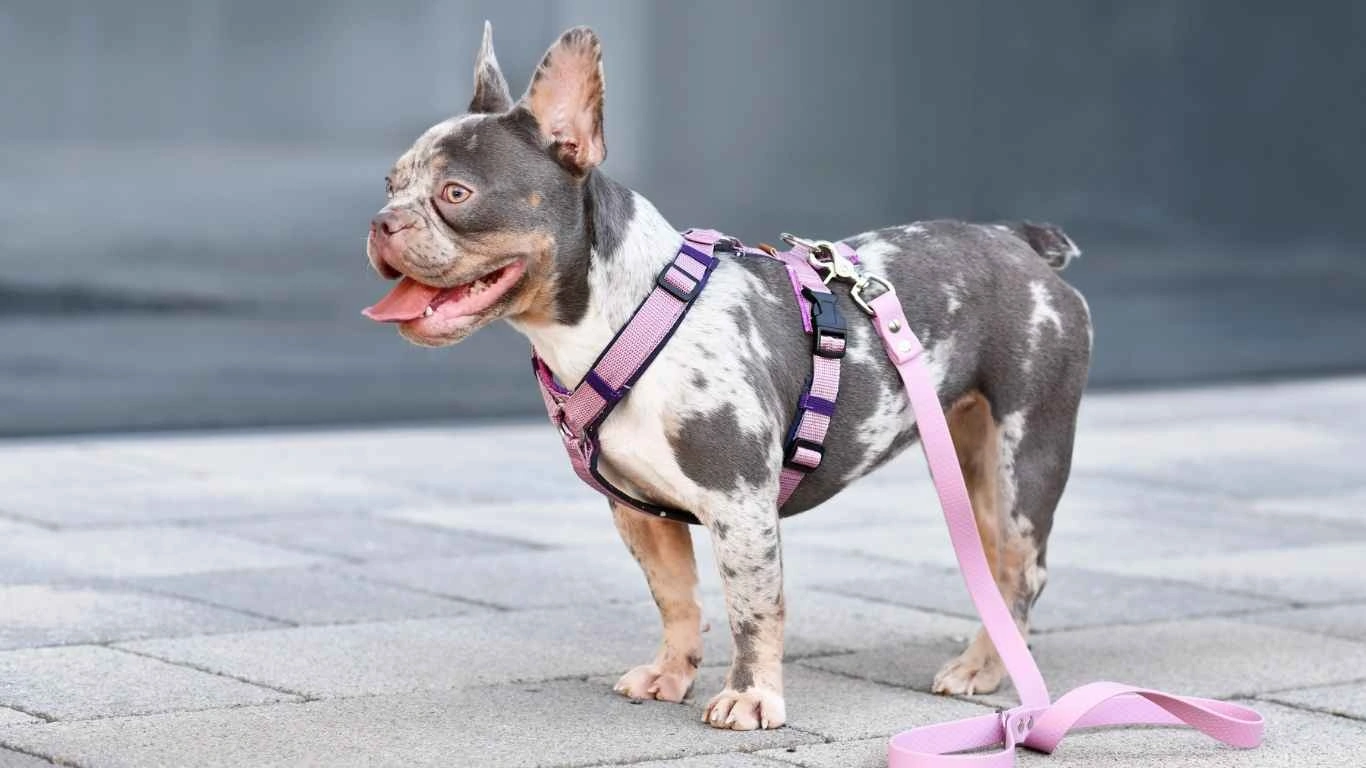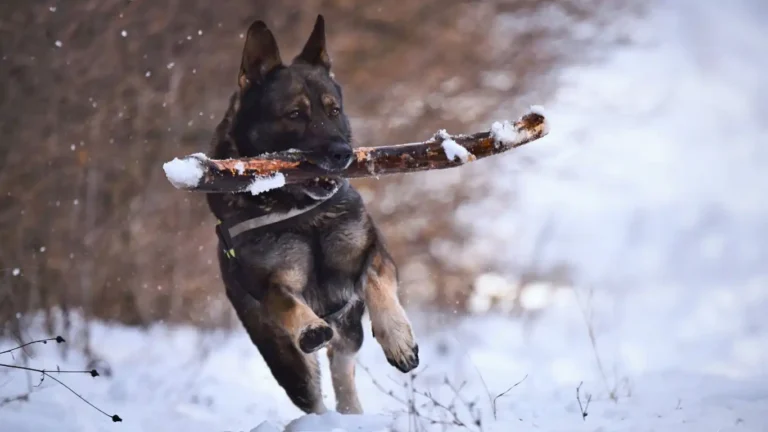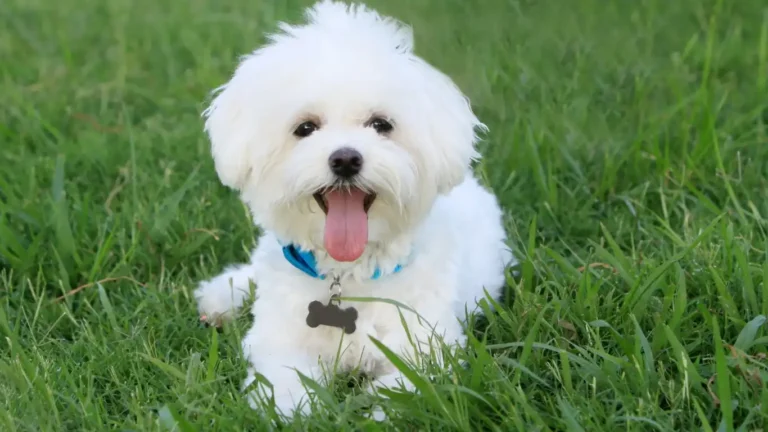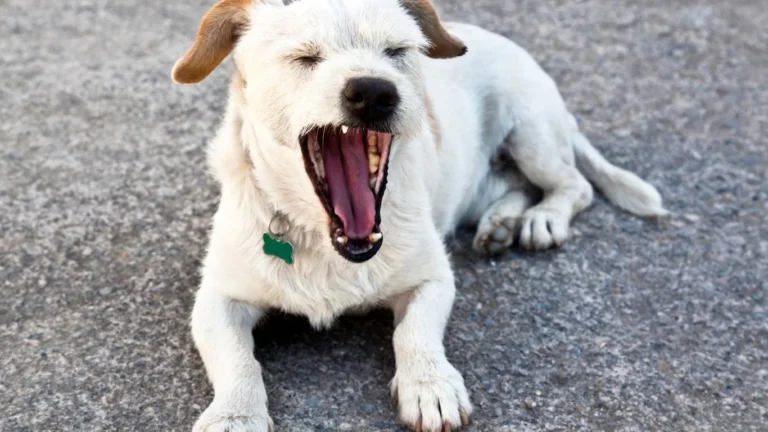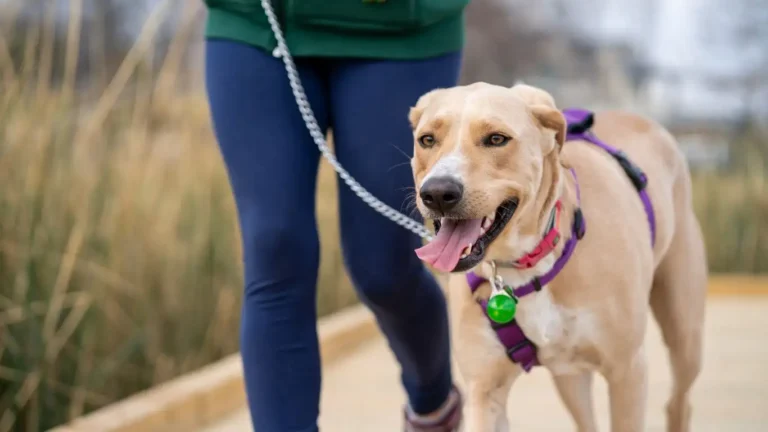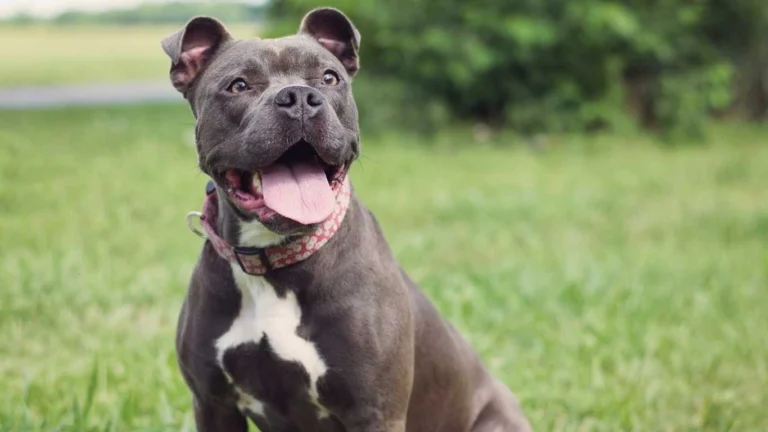How to Prevent Bloating in Dogs: Essential Diet Tips for Health
If you’ve ever seen a dog suffer from bloating, you know how terrifying it can be. As a pet nutritionist working in veterinary clinics, I’ve witnessed firsthand the panic in pet parents’ eyes when their beloved pup’s belly swells up out of nowhere. That’s why today, we’re diving deep into how to prevent bloating in dogs through diet. Trust me, a few dietary changes can make all the difference in keeping your furry friend happy, healthy, and bloat-free!
Understanding Canine Bloat: What Every Pet Parent Should Know
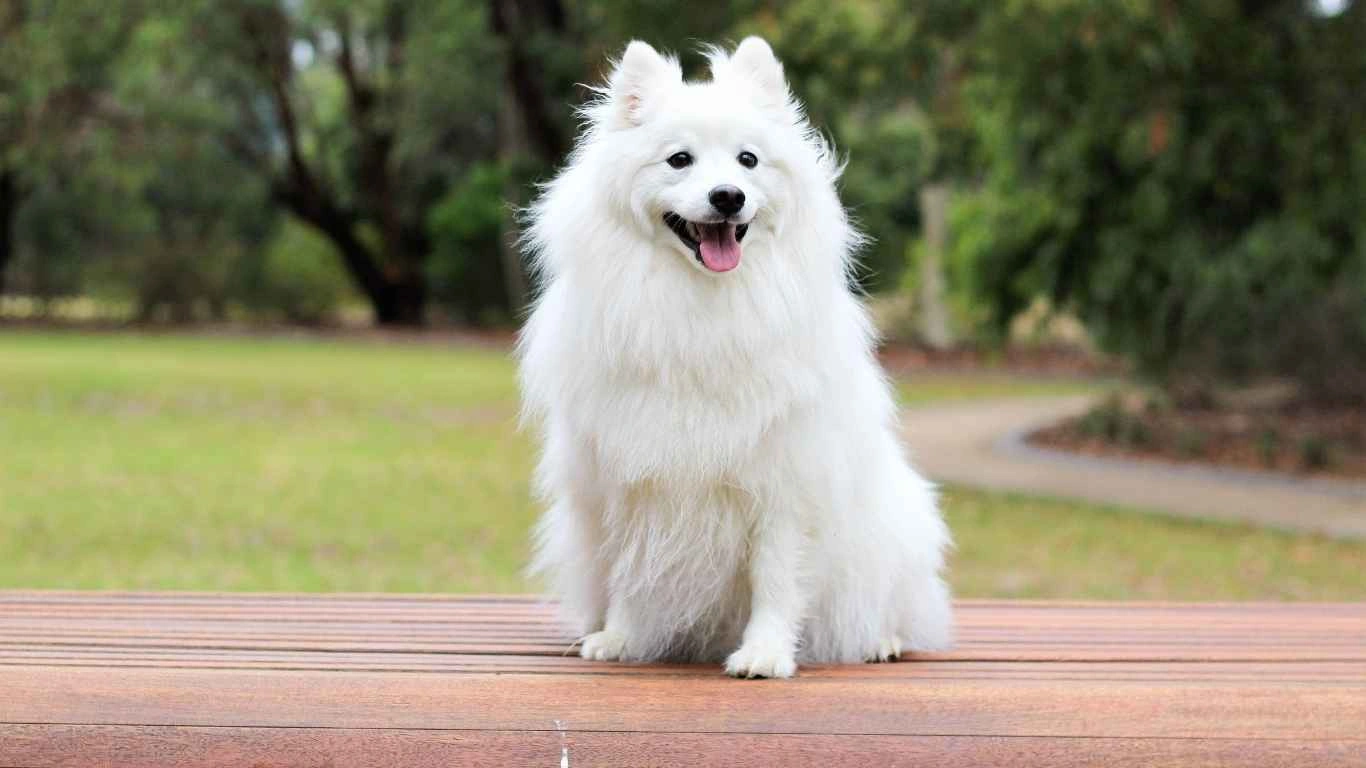
Before we jump into diet tips, let’s talk about what bloating actually is. In dogs, bloat—also known as gastric dilatation-volvulus (GDV)—is a life-threatening condition where the stomach fills with gas and sometimes twists. Once that happens, blood flow is cut off, and without immediate veterinary care, it can be fatal.
Signs of Bloat in Dogs
Knowing the early warning signs can help you act fast. Some symptoms include:
- A swollen, hard belly
- Excessive drooling
- Restlessness or pacing
- Unsuccessful attempts to vomit
- Rapid breathing or panting
If you notice any of these signs, rush to the vet immediately. Bloat is a true emergency.
How to Prevent Bloating in Dogs Through Diet
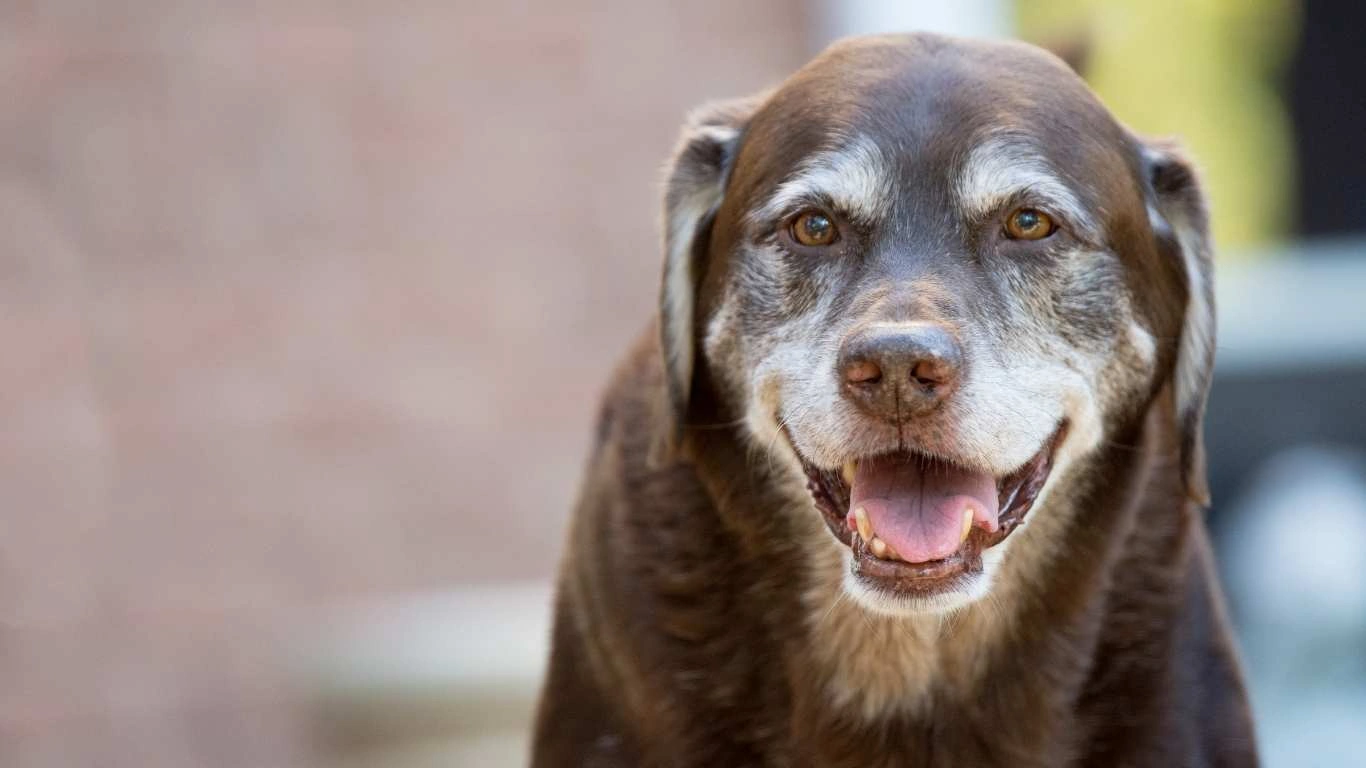
While there’s no guaranteed way to prevent bloat, dietary habits play a huge role in reducing the risk. Here’s what I always recommend to dog parents:
1. Choose the Right Type of Dog Food
Not all dog food is created equal! To minimize bloating risk, opt for:
- High-quality, digestible proteins – Chicken, turkey, fish, or lamb are great options.
- Low-carb, moderate-fat content – Too many fillers like corn, wheat, and soy can cause excessive gas.
- Small kibble size or wet food – Large kibble or dry-only diets may cause gulping, increasing air intake.
2. Feed Smaller, More Frequent Meals
Instead of one or two large meals a day, switch to smaller, evenly spaced meals. This reduces stomach stretching and helps digestion work more efficiently.
3. Slow Down Fast Eaters
If your dog eats like they haven’t seen food in days (I see this a lot with Labradors and German Shepherds!), it’s time for some intervention. Try:
- Slow-feeder bowls – These specially designed bowls force dogs to eat more slowly.
- Food puzzle toys – Engaging and slows down eating while providing mental stimulation.
- Hand-feeding or portioning meals – Spread kibble on a tray instead of using a bowl.
Hydration Matters: Water Intake & Bloat Prevention

Water plays a key role in digestion, but timing is important. Avoid letting your dog guzzle large amounts of water right before or after meals. Instead, provide small amounts throughout the day to keep digestion smooth.
Up next, we’ll cover even more ways to keep your dog safe from bloating, including exercise timing, supplements, and lifestyle adjustments!
Exercise and Meal Timing: A Crucial Balance
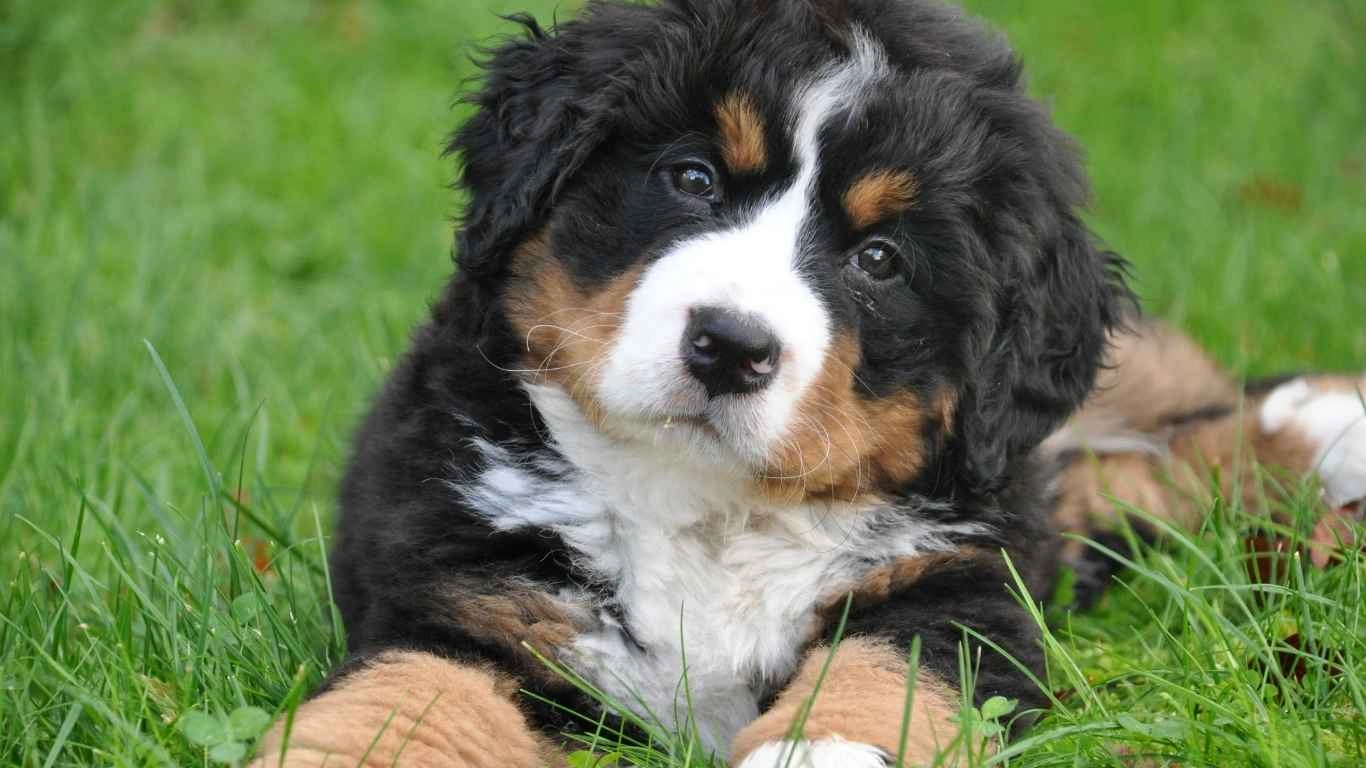
One mistake I’ve seen a lot of pet parents make is letting their dog sprint around like a maniac right after eating. And trust me, I get it—dogs have endless energy! But when it comes to bloat prevention, timing exercise around meals is key.
When Should Dogs Eat in Relation to Exercise?
Here’s a simple rule of thumb I always share with clients:
- Before exercise: Wait at least an hour after a meal before engaging in strenuous activity.
- After exercise: Give your dog time to cool down for 30-60 minutes before feeding.
Why? Because intense movement on a full stomach increases the chances of stomach torsion—a major factor in GDV.
Gentle Walks vs. Rough Play
Light walks after meals are fine (and can aid digestion), but avoid rough play, jumping, or sprinting. I once had a Great Dane patient who loved zoomies right after dinner. One evening, his stomach bloated so badly he needed emergency surgery. Ever since, I emphasize this tip to every large-breed owner.
Probiotics and Digestive Enzymes: Can They Help?
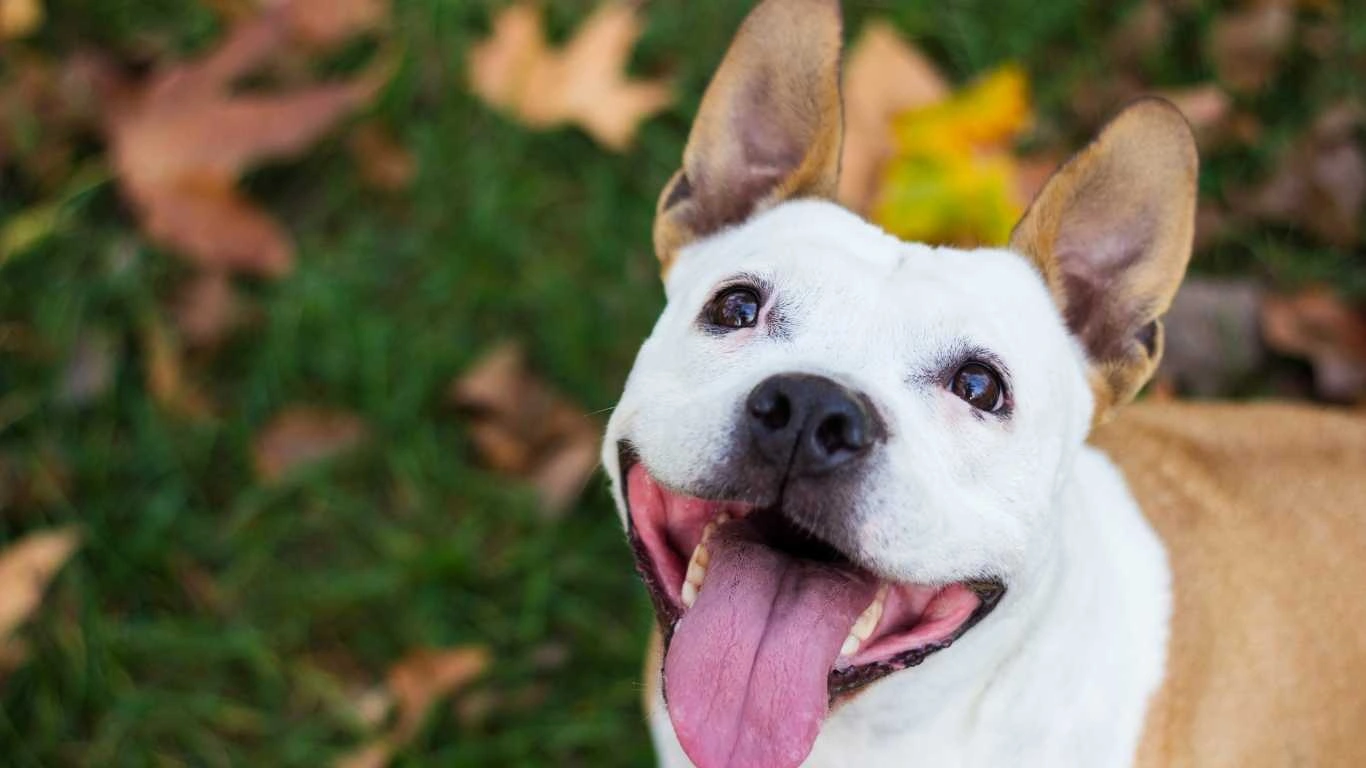
Gut health plays a huge role in digestion, and keeping your dog’s microbiome in balance may help prevent excessive gas buildup. Probiotics and digestive enzymes are excellent additions to their diet.
Best Sources of Probiotics for Dogs
Adding probiotics doesn’t have to be complicated. Here are some great sources:
- Plain, unsweetened yogurt – A spoonful here and there provides beneficial bacteria.
- Kefir – A fermented dairy product loaded with probiotics.
- Dog-specific probiotic supplements – Available in powder, chew, or capsule form.
How Digestive Enzymes Help
Some dogs struggle to break down food efficiently, leading to fermentation (aka gas!). Digestive enzymes help by:
- Breaking down proteins, fats, and carbs more effectively.
- Reducing gas and bloating caused by incomplete digestion.
- Supporting overall gut health and absorption of nutrients.
Ask your vet about enzyme supplements if your dog frequently deals with gas or indigestion.
Choosing the Right Feeding Bowl: It Makes a Difference!

Believe it or not, even your dog’s bowl can influence their risk of bloat. The height and design of their dish impact how much air they swallow while eating.
Should You Use an Elevated Bowl?
This is a hot debate in the pet world. While some studies suggest that raised bowls may increase bloat risk in large breeds, others show they help certain dogs eat more comfortably. Based on my experience, here’s what I recommend:
- Large, deep-chested breeds (Great Danes, Weimaraners, Boxers) – Avoid raised bowls unless advised by a vet.
- Dogs with arthritis or neck pain – Elevated bowls can improve comfort while eating.
When in doubt, observe your dog’s eating habits and talk to your vet about the best setup.
Anti-Gulping Bowls: A Must for Fast Eaters
If your dog devours food in seconds, an anti-gulping bowl can slow them down and reduce air intake. These bowls feature ridges and obstacles that force dogs to eat more mindfully.
Final Thoughts (But No Conclusion Yet!)
Bloat is a scary condition, but there’s a lot we can do to prevent it. From diet choices and meal timing to probiotics and feeding bowls, every small change adds up. In the next section, we’ll dive into even more practical tips, including food ingredients to avoid and emergency preparedness if bloat ever strikes.
Ingredients to Avoid: What Not to Feed a Bloat-Prone Dog
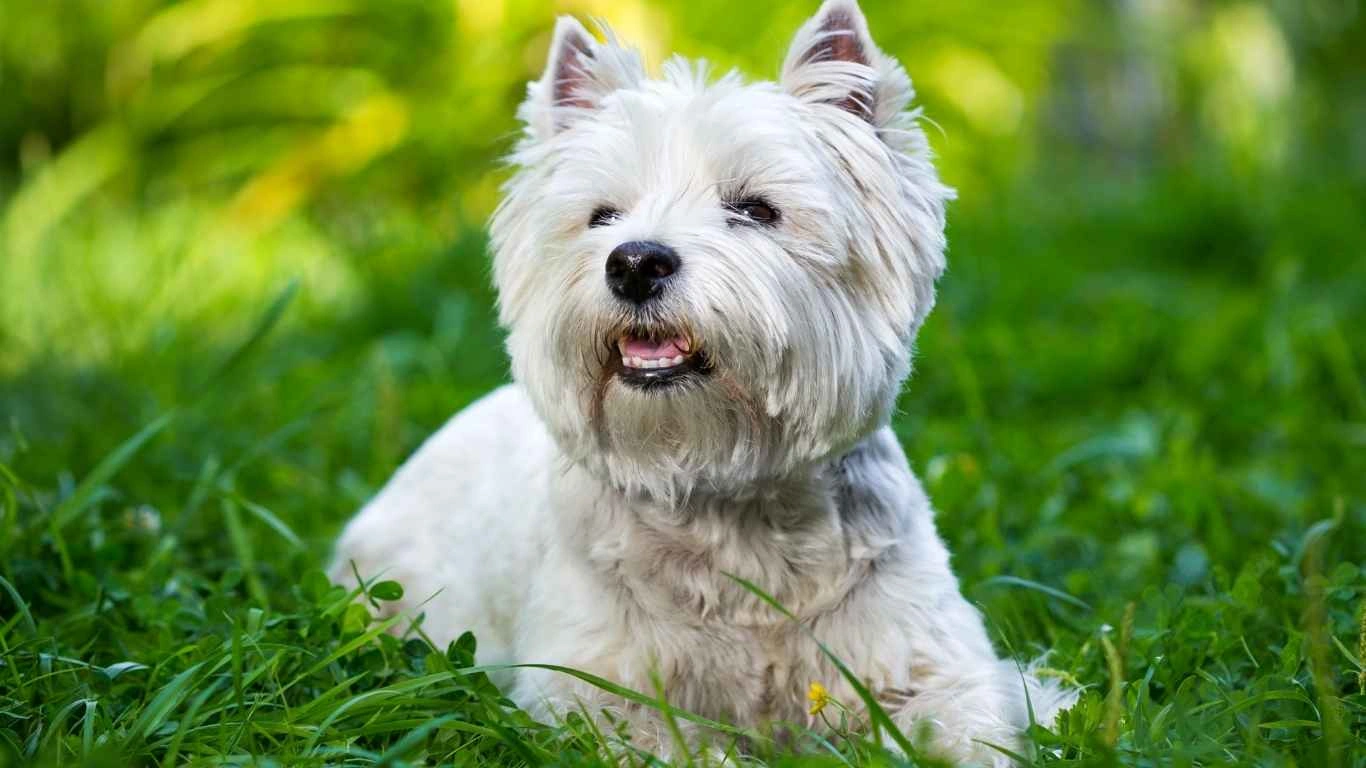
We’ve covered what to do, but let’s talk about what to avoid. Some ingredients can contribute to excessive gas, poor digestion, and even bloating. Based on my experience working in veterinary clinics, I’ve seen certain foods repeatedly linked to digestive issues in dogs.
Common Culprits That Can Lead to Bloat
- Legume-heavy diets (peas, lentils, chickpeas) – These can cause excessive fermentation in the gut.
- Soy and wheat – Difficult for some dogs to digest and may increase gas production.
- Rendered animal fats – Can slow digestion and cause stomach discomfort.
- Overly processed kibble – Some dry foods expand significantly when exposed to moisture, which can cause bloating.
That’s why I always encourage pet parents to read ingredient labels carefully. If the first few ingredients aren’t high-quality animal proteins, it’s probably not the best choice for a bloat-prone pup.
Emergency Preparedness: What to Do If Your Dog Bloats
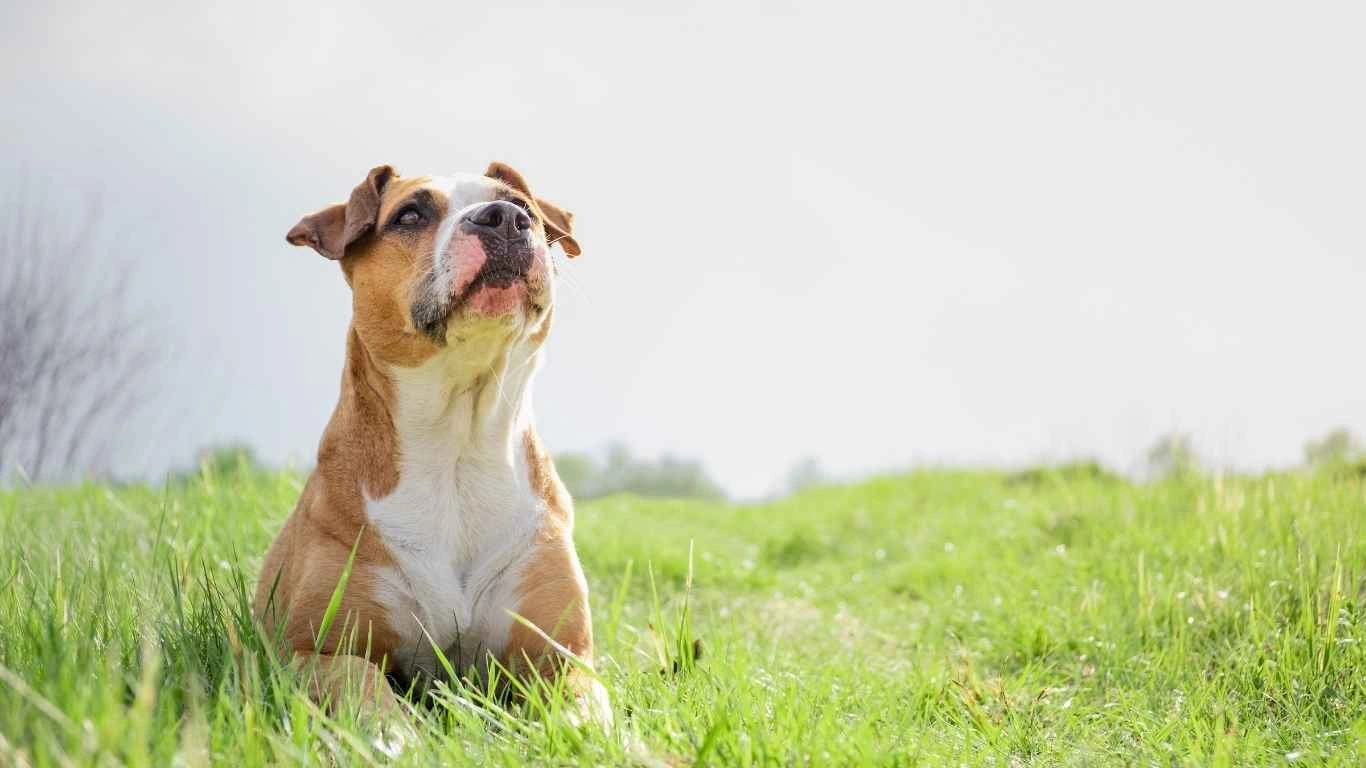
Even with the best preventative measures, bloat can still happen. And when it does, time is everything. The faster you act, the better the chances of survival.
Step-by-Step Action Plan
- Recognize the signs – A distended belly, retching without vomiting, excessive drooling, restlessness.
- Do NOT try home remedies – Avoid inducing vomiting or giving food/water.
- Call your vet or emergency clinic – Let them know you’re coming so they can prepare.
- Transport safely – Keep your dog as calm as possible during the drive.
Some pet parents have asked me whether gas-relief medications like simethicone help. While they may reduce some gas buildup, they won’t stop gastric torsion. A vet visit is always the safest route.
Final Thoughts on Bloat Prevention
Preventing bloat in dogs is all about smart choices—diet, meal habits, exercise timing, and gut health. By making small but impactful changes, you can significantly reduce your dog’s risk and give them the best chance at a long, healthy life.
Remember, every dog is different. What works for one might not work for another, so consulting with your vet is always a great idea.
References
- American Kennel Club (AKC) – Bloat prevention in dogs
- Cornell University College of Veterinary Medicine – Gastric dilatation-volvulus research
- ASPCA – Safe feeding practices for dogs
Disclaimer
This article is for informational purposes only and is not a substitute for professional veterinary advice. Always consult your veterinarian for guidance tailored to your dog’s specific needs.
